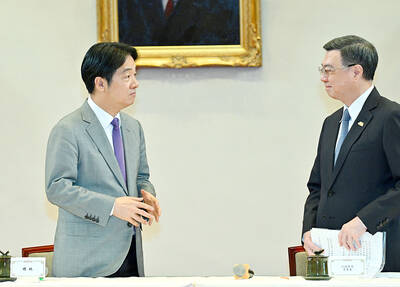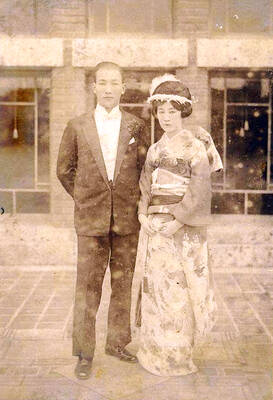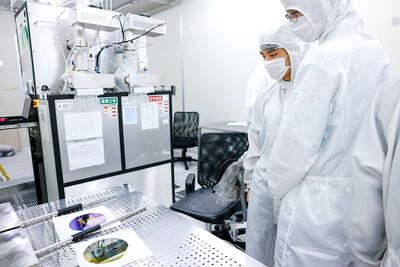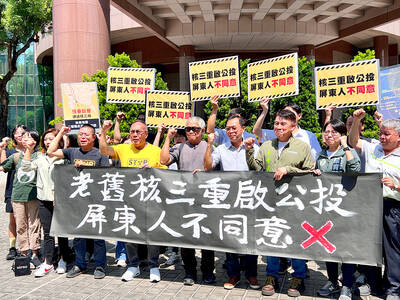Bunny Tales is subtitled “Behind Closed Doors at the Playboy Mansion,” but it could have been called “Too Much Information.” Because while there’s a lot of detail in here which is really not terribly surprising — that Hugh Hefner, aged 78 when the book was written (now 83), is not, in fact, one of the world’s hottest lovers — there’s also an awful lot that the world didn’t really need to know. Such as, after popping a Viagra twice a week, Wednesdays and Fridays, Hef still liked to sleep with up to four girls at a time and “wiped himself off with a wet bath towel after he had sex with each girl and before the next.” Or that during the ensuing performance, with many girls arrayed around the room, and porn showing on various screens, he encouraged them to give “Oh daddy!” shout-outs.
It’s not a pretty picture that Izabella St James paints and it’s certainly not an erotic one (“It seemed to me he just laid there like a dead fish”). The mansion, though still the stage set for regular Playboy parties, is a decrepit time warp, unchanged since the 1960s. “The carpet in the upstairs hallway also had not been changed in who knows how long. Everything was just old and stale. Archie the house dog would regularly relieve himself on the hallway curtains, adding the scent of urine to the general scent of decay.”
So what exactly is St James doing there? She becomes one of Hef’s “Girlfriends,” with a room in the mansion, a US$1,000 allowance (picked up in person from Hef’s bedroom every Friday morning, when he’d make a point of discussing any perceived personal failings — usually “lack of harmony in the group or lack of sexual participation”), a US$10,000 down-payment on a car and all the plastic surgery you could want. Hefner has one tab with a Beverly Hills hairdresser and another with a surgeon and all Girlfriends are encouraged to have what they want, although breast augmentation is the first and most urgent of his requirements (and costs him around US$70,000 a year).
Unlike many of the girls, St James says she doesn’t have “a plastic agenda” (not that this stops her), nor is she some poor and desperate would-be topless model from the Midwest. She graduated from McGill University in Montreal, and then went to Pepperdine Law School in Malibu where, she believes, she was “like Elle Woods in Legally Blonde, with my blonde hair, pink tank tops, and low-rider jeans.” Why did she then go to Hef? Because “how many of us actually get the chance to do something completely out of the ordinary in our lives?”
Well, yes, watching a 78-year-old man performing sex acts with teenagers is somewhat out of the ordinary, although St James rather blows her cover by mentioning in the prologue that the catalyst for her writing the book was meeting “one of the few elite actors who are members of the exclusive US$20-million-a-movie club.” The actor, after chatting her up, was disturbed to discover that she once lived in the Playboy Mansion, so Bunny Tales reads like an attempt at self-justification.
Just possibly, he was unimpressed by her account of sleeping with a man who eats all of his meals in bed, has a retinue of staff to maintain his 1,500 “scrapbooks” and insists all Girlfriends are tucked up inside by a strict 9pm curfew. And although she says sexual participation was voluntary, it doesn’t sound all that voluntary.
There’s more than a touch of the Howard Hughes about Hugh Hefner, from the compulsive behaviors — his evening meal is always served with “apple sauce and a glass of cold milk” — to the cataloguing of his sexual conquests. And as a sly biographical examination of Hef, his rampant egomania and his fossilized sexual attitudes, this book certainly provides good material for any future biographer. St James does eventually grow tired of living life as if she were “in a car commercial,” not to mention the “sex duties” and the perpetual cat-fighting with the other Girlfriends.
But she also genuinely believes that it was a small price to pay for entry into an MTV lifestyle. Oh, and the US$20-million-a-movie actor? She reveals at the end of the book that he changed his mind and that they’re now dating.

Under pressure, President William Lai (賴清德) has enacted his first cabinet reshuffle. Whether it will be enough to staunch the bleeding remains to be seen. Cabinet members in the Executive Yuan almost always end up as sacrificial lambs, especially those appointed early in a president’s term. When presidents are under pressure, the cabinet is reshuffled. This is not unique to any party or president; this is the custom. This is the case in many democracies, especially parliamentary ones. In Taiwan, constitutionally the president presides over the heads of the five branches of government, each of which is confusingly translated as “president”

Sept. 1 to Sept. 7 In 1899, Kozaburo Hirai became the first documented Japanese to wed a Taiwanese under colonial rule. The soldier was partly motivated by the government’s policy of assimilating the Taiwanese population through intermarriage. While his friends and family disapproved and even mocked him, the marriage endured. By 1930, when his story appeared in Tales of Virtuous Deeds in Taiwan, Hirai had settled in his wife’s rural Changhua hometown, farming the land and integrating into local society. Similarly, Aiko Fujii, who married into the prominent Wufeng Lin Family (霧峰林家) in 1927, quickly learned Hoklo (commonly known as Taiwanese) and

The low voter turnout for the referendum on Aug. 23 shows that many Taiwanese are apathetic about nuclear energy, but there are long-term energy stakes involved that the public needs to grasp Taiwan faces an energy trilemma: soaring AI-driven demand, pressure to cut carbon and reliance on fragile fuel imports. But the nuclear referendum on Aug. 23 showed how little this registered with voters, many of whom neither see the long game nor grasp the stakes. Volunteer referendum worker Vivian Chen (陳薇安) put it bluntly: “I’ve seen many people asking what they’re voting for when they arrive to vote. They cast their vote without even doing any research.” Imagine Taiwanese voters invited to a poker table. The bet looked simple — yes or no — yet most never showed. More than two-thirds of those

In the run-up to the referendum on re-opening Pingtung County’s Ma-anshan Nuclear Power Plant last month, the media inundated us with explainers. A favorite factoid of the international media, endlessly recycled, was that Taiwan has no energy reserves for a blockade, thus necessitating re-opening the nuclear plants. As presented by the Chinese-language CommonWealth Magazine, it runs: “According to the US Department of Commerce International Trade Administration, 97.73 percent of Taiwan’s energy is imported, and estimates are that Taiwan has only 11 days of reserves available in the event of a blockade.” This factoid is not an outright lie — that